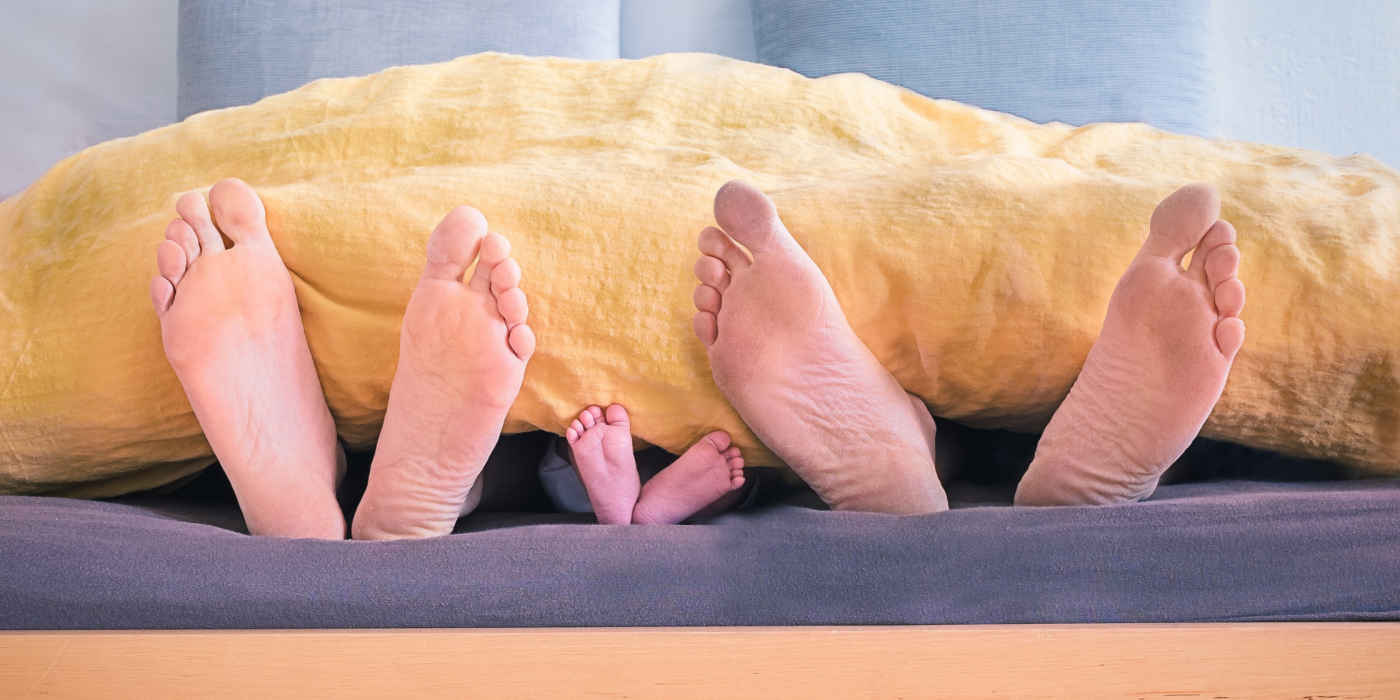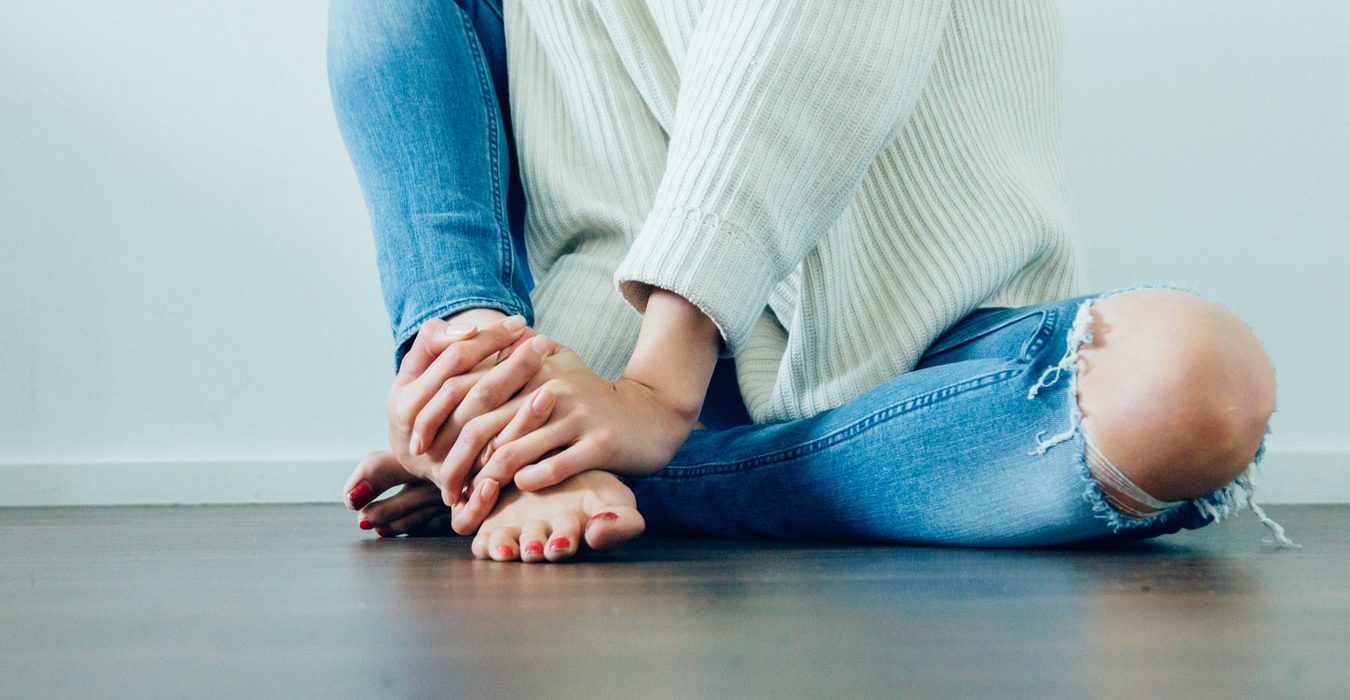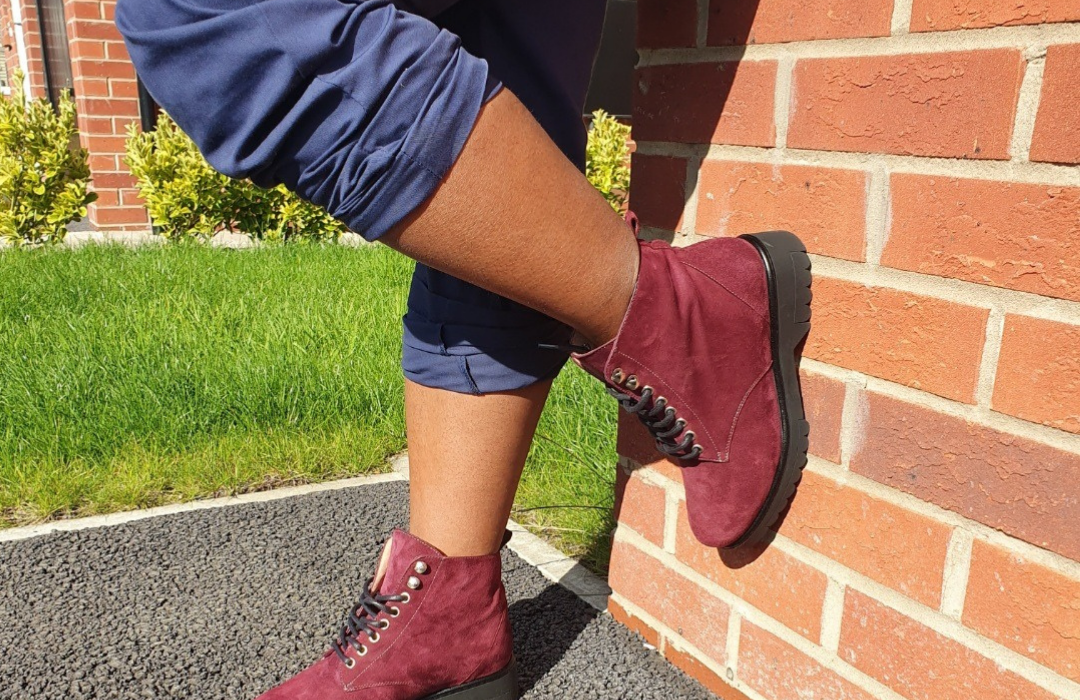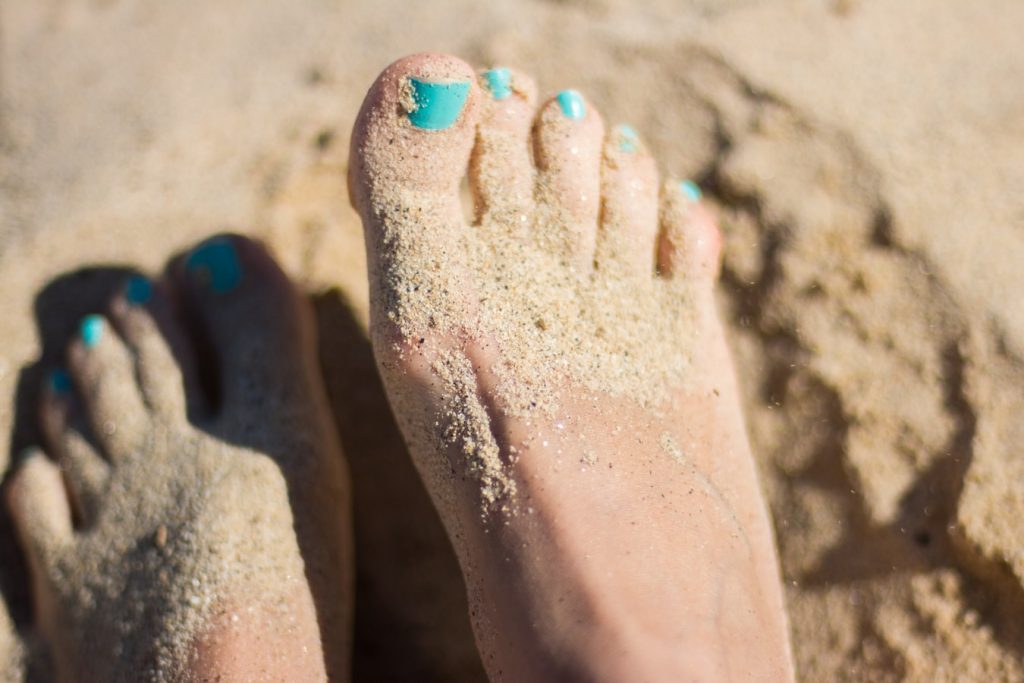Here at Uufey we believe the feet are the unsung heroes of our body. Being one of the most overworked but under-appreciated parts of the body, our feet are often taken granted. Here are some fun — and unusual — facts about feet.
1. Nearly 1/4 of all bones in our bodies are in our feet.
And what’s more – when these bones are out of alignment, the rest of the body is. Your foot posture determines how effectively your weight is distributed, and if unheeded can open the door to pain and discomfort in later life – which is why it’s so important to foster good posture and wear the right size shoes.
2. When standing and walking, the sole of your foot is the only part of your body in touch with the ground.
3. Only a small percentage of the population is born with foot problems.
Ill-fitting shoes and lack of proper foot care are normally the cause of most common foot problems.
4. The average person walks approximately 10,000 miles in a lifetime and 8,000 to 10,000 steps a day.
5. We have a whopping 8000 nerve endings in our feet.
All those nerve endings mean our soles are prime targets for tickling. Having ticklish feet is a sign of good health, as reduced sensitivity may indicate peripheral neuropathy (numbness in the feet caused by nerve damage).
6. Elvis foot’ or ‘Elvis legs’ is climbing jargon for when a climber’s foot trembles on the rock due to fatigue or panic.
7. During a typical day, your feet absorb the collective load of hundreds of thousands of pounds.
On average, your feet absorb a total force of 26,000 pounds. All the more reason to support your feet properly throughout the day! Click here to get our foot care kit.
8. The skin on the soles of our feet is much thicker than any skin in our body.
9. Did you know that when you’re walking, your toes are in touch with the ground around 75% of the time?
When the big toe makes contact with the ground, it signals to the body you are balanced and as you leave the floor, the big toe helps you spring off the floor. The big toes are the prime movers of your entire feet! The nerve endings in your toes help your feet to maintain balance and bear the weight of your body when you walk – without toes the entire mechanism of foot movement would fall apart.
10. When it comes to flirtation, our feet can reveal our true feelings.
According to research compiled on behalf of shoemakers Jeffery West, a woman who is feeling flirtatious will position their feet out and away from her body. If she’s not feeling the chemistry, she’ll cross her legs or tuck her feet beneath her. Interestingly, the same phenomenon wasn’t observed in men.
11. Did you know our feet can continue to grow as we age?
Even though your feet will generally settle at around age 20, their shape and size will continue to change over the rest of your life. Once you hit 40, your feet grow by as much as half a shoe size every 10 years! The reason for this is because feet flatten and elongate as we get older.
12. Over half of us wear the wrong shoe size.
For men in particular it could be as high as 80 percent! We’ve seen what damage the wrong shoe size can bring, so it’s really important to get your feet measured, and figure out what size works for you – including half sizes, which are often overlooked.
13. According to research from Washington University in St. Louis, humans started wearing shoes as early as 40,000 years ago.
Analysing foot bones from Neanderthals and early humans, Researcher Erik Trinkaus identified a point in human history where the size of toe bones began to shrink. Combining this data with knowledge of how shoes change the way people walk, it was reasoned that smaller toe bones meant people had started wearing shoes.
14. A person weighs more walking than standing.
Walking is dead weight plus push energy, which adds about 30 per cent to standing weight.
15. The Fear of Feet is Podophobia.
16. The first shoes date back to 3,500 BC.
Located in an Armenian cave, this old leather shoe somewhat resembles a modern shoe.
17. The bones of children are softer than those of adults and can be more easily harmed by ill-fitting shoes or socks.
Fast growing feet need to be professionally measured every three months.
18. On average, women experience about four times as many foot-related problems as men.
Heels are generally regarded as the culprit, because of the extreme strain they add to the arch and the unnatural pressure they place on the toe box. Swap the heels for a healthier alternative today.
19. Each foot has 26 bones, 33 joints and a network of more than 100 tendons, muscles and ligaments.
20. Did you know standing still is far more tiring than walking?
This is because you only use a few muscles when you’re still, whereas walking distributes the burden of movement over many more muscles and increases circulation.
Enjoy reading this content? Sign up to our newsletter for our VIP club and weekly updates!




